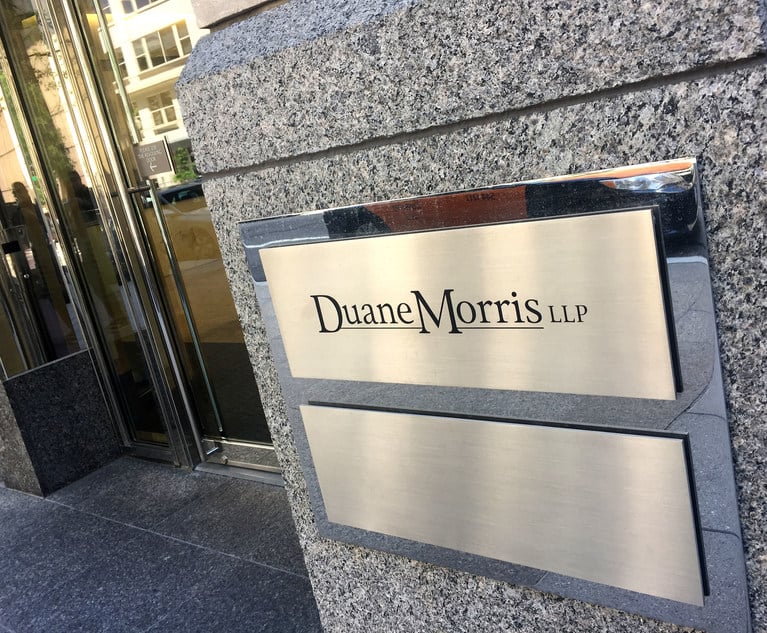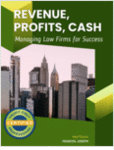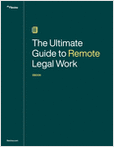Welcome back to Ahead of the Curve. I’m Karen Sloan, legal education editor at Law.com, and I’ll be your host for this weekly look at innovation and notable developments in legal education.
This week, I’m chatting with AccessLex’s Aaron Taylor about whether law schools should introduce an “adversity score” for applicants, along the lines of what the College Board plans to do with the SAT. I’m also checking in on a mini-trend of law schools naming avian visitors for a certain, hugely popular SCOTUS justice. Can you guess which one?









